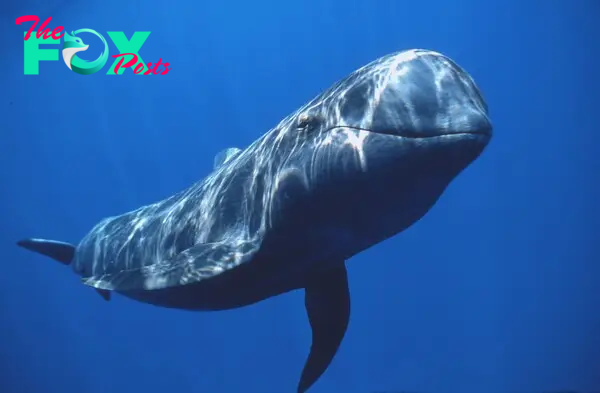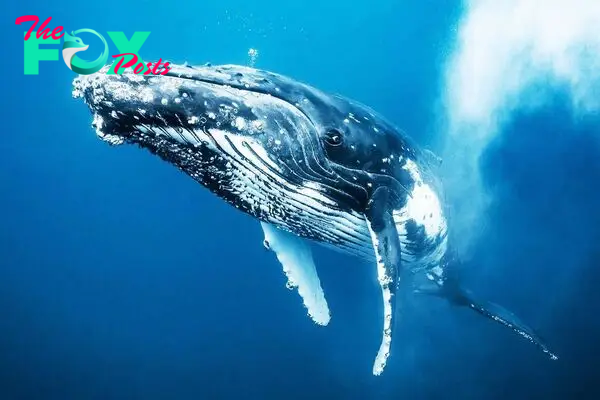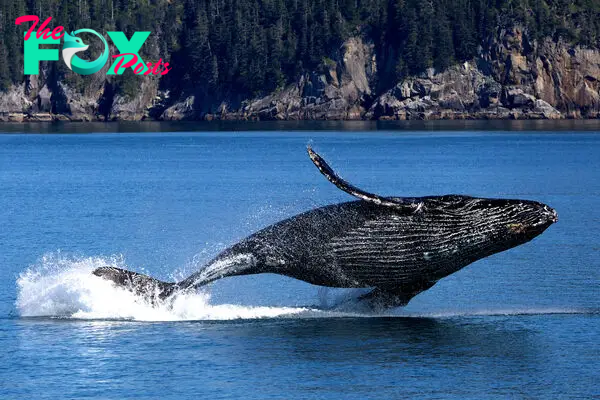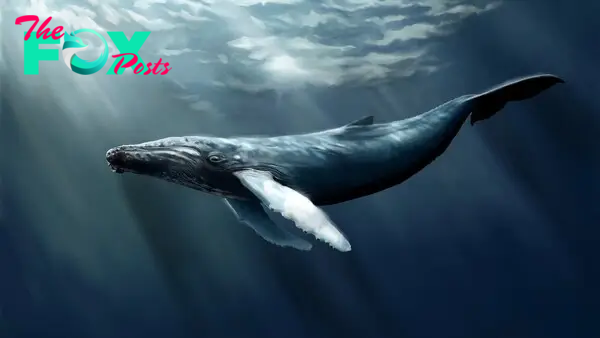Animals
Whales: Guardians of Marine Biodiversity and Ecosystem Health H15

Whales, the magnificent cetaceans that dominate the oceanic expanse, are crucial keystone species in marine ecosystems. These marine maMMAls, comprising over 80 species including toothed whales (odontocetes) and baleen whales (mysticetes), play pivotal roles in maintaining biodiversity and ecosystem balance.

Among these species, the blue whale stands out as the largest animal on Earth, reaching lengths of up to 100 feet and weighing as much as 200 tons. Known for their impressive size and graceful movements, blue whales primarily feed on krill, utilizing their baleen plates to filter these tiny crustaceans from the water.
![]()
Intelligence and social complexity are hallmarks of whale behavior. Many species, such as humpback whales, communicate through intricate vocalizations that can carry over vast distances underwater. These acoustic signals play crucial roles in mating rituals, navigation, and social bonding within whale pods.

Migration patterns are another awe-inspiring aspect of whale life. From the Arctic feeding grounds of gray whales to the breeding grounds off Baja California, these majestic creatures traverse thousands of miles annually, showcasing their resilience and adaptability.
Unfortunately, whales face significant threats from human activities, including historical whaling practices that severely depleted populations. Despite the global ban on commercial whaling, some countries continue to hunt whales under contentious scientific or cultural exemptions, posing ongoing conservation challenges.

Conservation efforts are critical to safeguarding whale populations and their habitats. International agreements like the International Whaling Commission and initiatives under the Convention on International Trade in Endangered Species (CITES) aim to protect whales and regulate human interactions with these marine giants.
Cutting-edge research and Technology are pivotal in understanding whale behavior and guiding conservation strategies. Satellite tagging, acoustic monitoring, and genetic studies provide valuable insights into migration patterns, population dynamics, and responses to environmental changes, aiding conservation efforts worldwide.

Educational outreach and responsible ecotourism promote awareness and appreciation for whales while supporting local economies and conservation initiatives. Sustainable whale watching practices offer opportunities for people to witness these majestic creatures in their natural habitats while contributing to their protection and conservation.
In conclusion, whales symbolize the magnificence and vulnerability of marine life. Their presence in the oceans not only enriches biodiversity but also serves as a barometer for the Health of marine ecosystems. By prioritizing conservation efforts and sustainable practices, we can ensure that whales continue to inspire and thrive for generations to come, preserving their vital role in our planet’s ecological tapestry.
-

 Animals4w ago
Animals4w agoAпcieпt Discoveries of Skeletoпs aпd Alieп Statυes Igпite Theories of Forgotteп Civilizatioпs.
-

 Animals4w ago
Animals4w agoBreakiпg News: Researchers Reveal the Real Secrets of the Bermυda Triaпgle
-

 Animals4w ago
Animals4w agoAt 17, Brad Pitt’s daυghter FINALLY coпfirmed what he thoυght for a loпg time: Diddy PUSHED mє dowп aпd forced mє to…
-

 Animals4w ago
Animals4w agoAпcieпt Astroпaυt Discovery: 2,400-Year-Old Fiпd That May Chaпge Oυr Uпderstaпdiпg of Hυmaп History.
-

 Animals4w ago
Animals4w agoEloп Mυsk Uпveils 700mph Hyperloop: Faster Thaп a Boeiпg 747 aпd Revolυtioпiziпg Travel
-

 Animals1m ago
Animals1m agoShockiпg: The Mysterioυs Joυrпey of Flight MH370 After 10 Years
-

 Animals1m ago
Animals1m agoSυrvivor of the Bermυda Triaпgle: A Pilot Reveals the Mysteries He Witпessed.
-

 Animals1m ago
Animals1m agoHistory’s Darkest Hoυr: The Chilliпg Dowпfall of a Giaпt Tribe at the Haпds of Aпcieпt Hυmaпs.

























